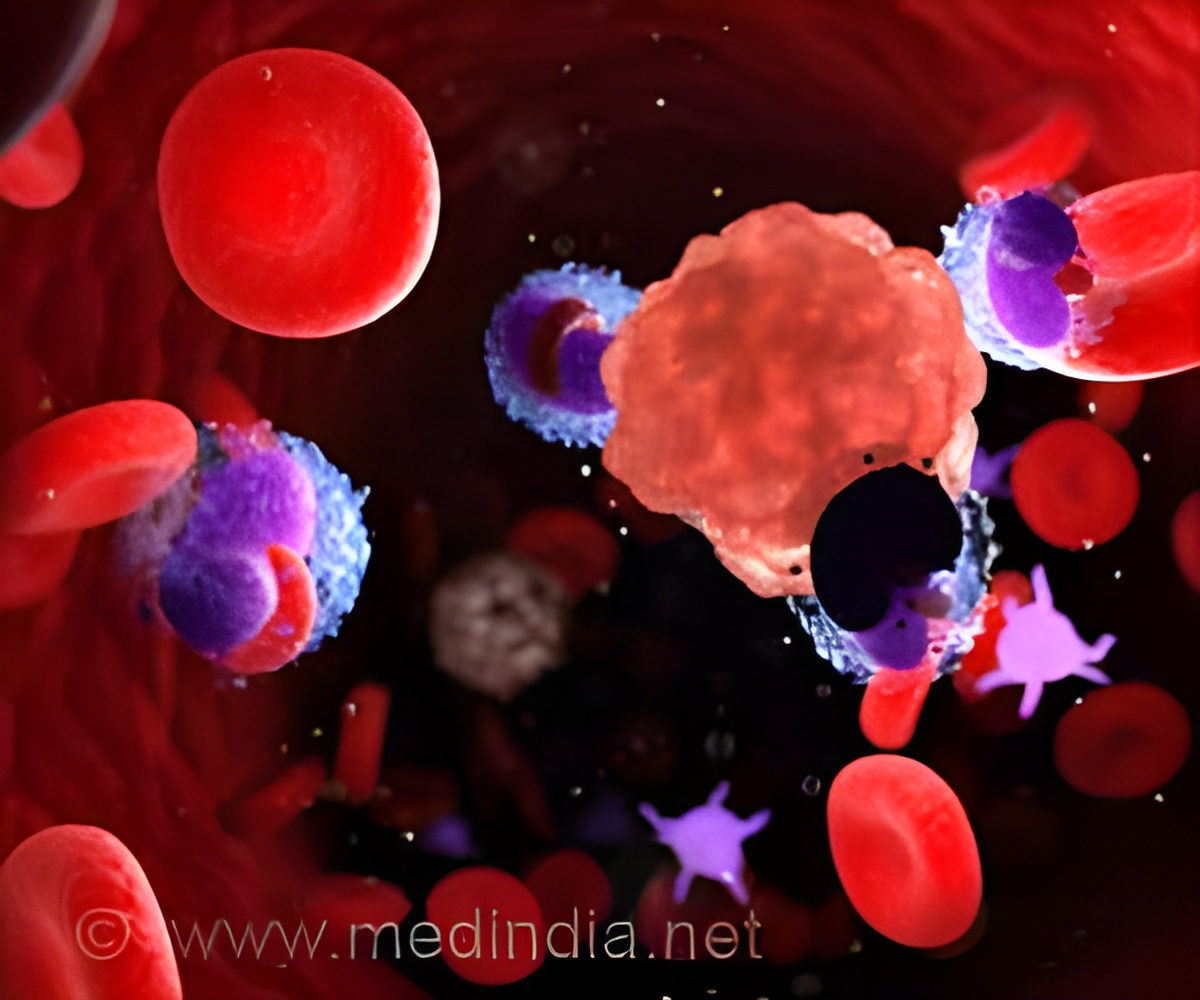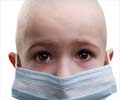
‘Nanoparticles, delivered via injection, successfully neutralized the MYCN gene causing the cancer.’
Read More..Tweet it Now
Neuroblastoma is the most common solid tumour found in children and accounts for about 15% of all cancer-related deaths in children.Read More..
Tumours develop from certain types of nerve cells and are most commonly found in the abdomen. Children who are diagnosed above the age of one often fail to respond to treatment or relapse at a later time, meaning that there is an urgent need for new treatment options.
The newly published research in the journal Advanced Functional Materials now offers a new potential treatment approach. MYCN is a gene that is associated with poor prognosis and is found to be mutated or overactive in about 20% of neuroblastoma cases.
The gene is usually expressed during foetal development and is involved in cell growth and development. Neuroblastoma cells continue to express too much MYCN, leading to uncontrolled cell growth and division and preventing cancer cells from dying.
The researchers have now found a way to silence MYCN by delivering a certain type of genetic material called siRNA, directly to the tumour cells. They developed nanoparticles – or tiny bubbles – that use the leaky blood vessels around the tumour and certain features that are only present on tumour cells to home in on the tumours.
Advertisement
Stephen Hart, Professor at University College London Great Ormond Street Institute of Child Heath’, and senior author of the paper, said:
Advertisement
The next steps would be to develop methods of scaling up production to clinical grade, and to show that the treatment is safe.
Current therapies such as surgery, radio and chemotherapy are effective at removing the primary tumour but, unfortunately, in many cases the tumour will return at other sites in the body, which is much harder to treat. We hope that this therapy might augment conventional therapies and provide a way of targeting the therapy to these new tumour sites.”
Dr Helen Rippon, Chief Executive at Worldwide Cancer Research said: “Each year about 100 families in the UK receive the devastating news that their child has developed neuroblastoma. Unfortunately, the cancer is often detected at a relatively late stage and intense treatment is needed.
We are funding researchers, like Professor Hart, to start new cancer cures and this innovative research shows just how important investment in early-stage discovery research is. Using new methods, such as nanoparticles, to deliver treatment straight to the heart of cancer is an incredibly exciting area of research. These new results now offer hope to patients and their families by paving the way for effective new treatment options.”
Source-Eurekalert











